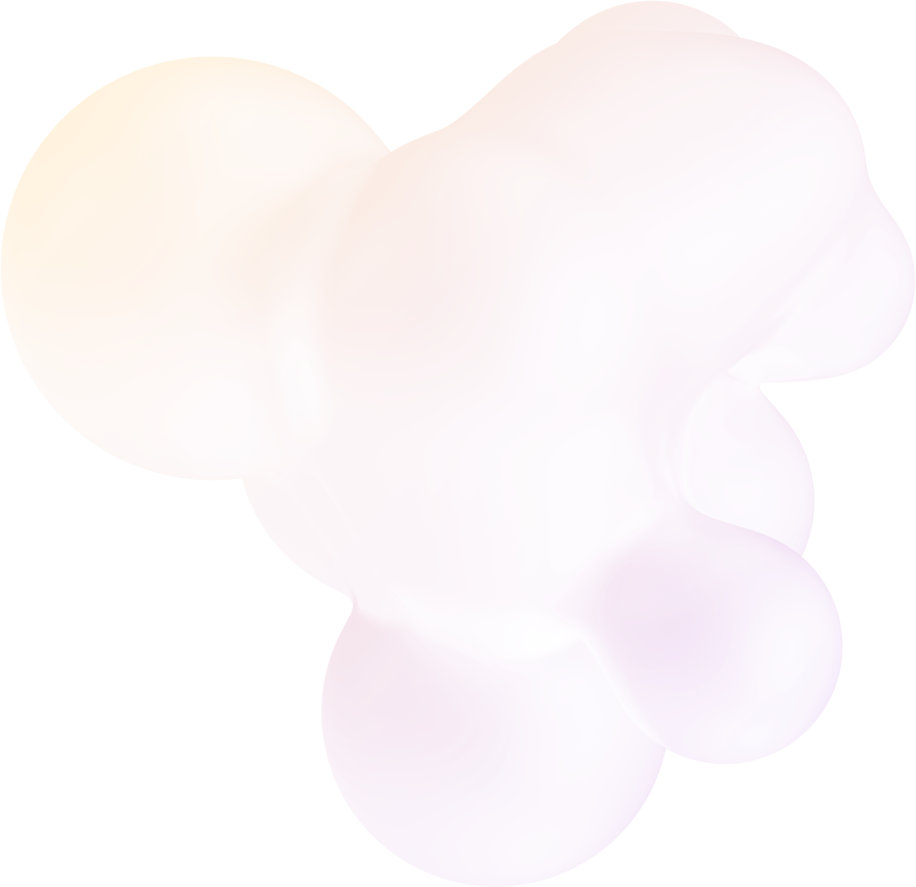Gabriela Ochoa (University of Stirling), Marco Tomassini (University de Lausanne), Francisco Chicano (University of Malaga)






In contrast with random uniform instances, industrial SAT instances of large size are solvable today by state-of-the-art algorithms. It is believed that this is the consequence of the non-random structure of the distribution of variables into clauses. In order to produce benchmark instances resembling those of real-world formulas with a given structure, generative models have been proposed. In this presentation we study the MAX-3SAT problem with model-generated instances having a power-law distribution. Specifically, we target the regions in which computational difficulty undergoes an easy/hard phase transition as a function of clause density and of the power-law exponent. Our approach makes use of a sampling technique to build a graph model (a local optima network) in which nodes are local optima and directed edges are transitions between optima basins. The objective is to relate the structure of the instance fitness landscape with problem difficulty through the transition. We succeed in associating the transition with straightforward network metrics, thus providing a novel and original fitness landscape view of the computational features of the power-law model and its phase transition.



 Back
Back
